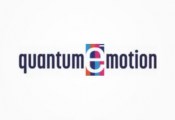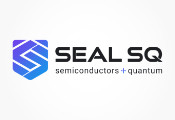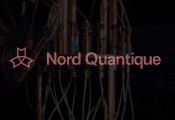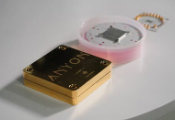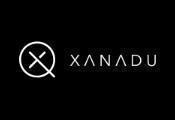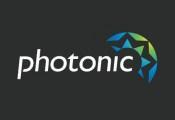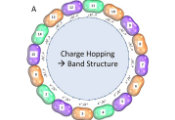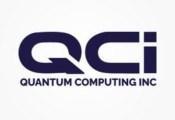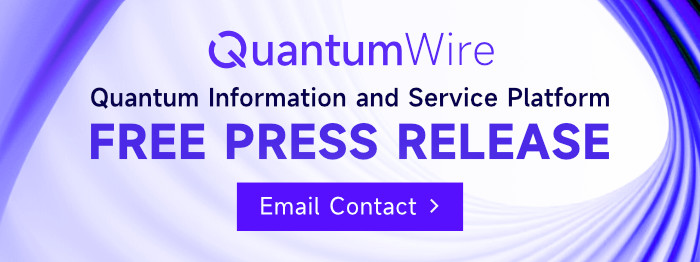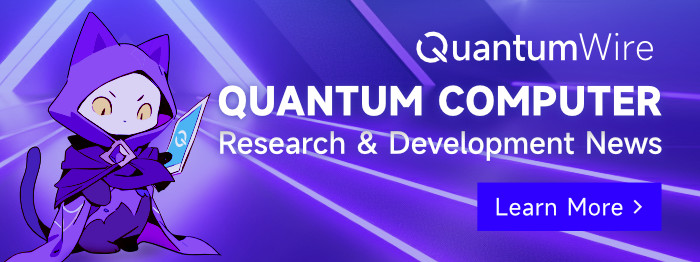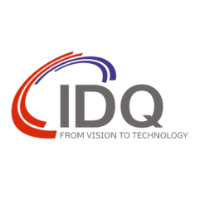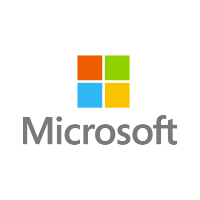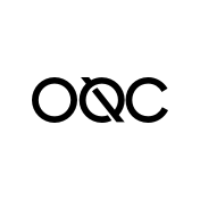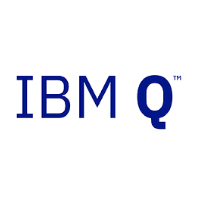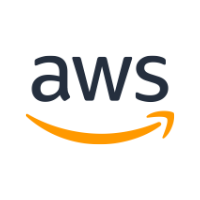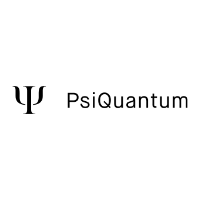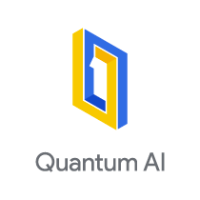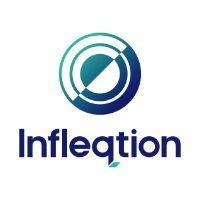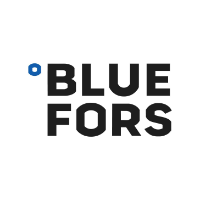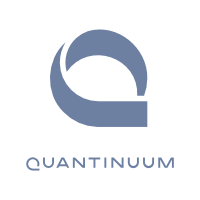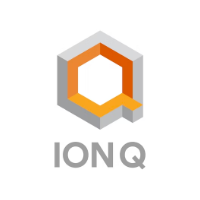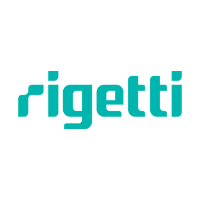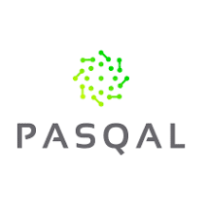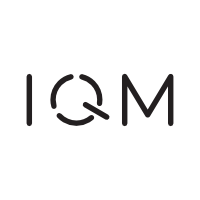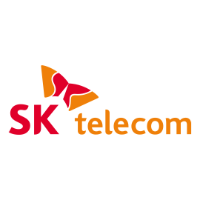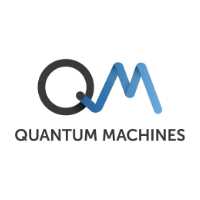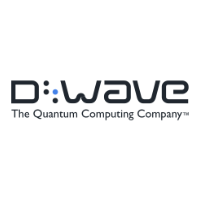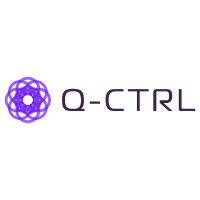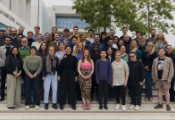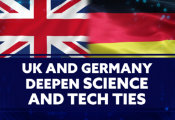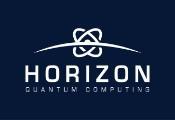SemiQon Explores Space Applications With Support From the European Space Agency
October 28, 2025 -- Traditional electronics are not designed to perform at extreme temperatures. When it comes to space technologies, the challenge of chronically underperforming electronics has been widely recognized by the likes of NASA and DARPA (U.S. Department of Defense). So far, there has been no suitable solution in sight.
Supported by the European Space Agency’s business program ESA BIC, SemiQon is investigating suitable space-based use cases for its cryo-CMOS technology.
“Space is of course a challenging operating environment for all devices, so it is crucial for us to work with the right experts to better understand the challenges and opportunities our technology could offer,” explains Yukihisa Tsuruta, Business Development Director at SemiQon.
SemiQon first launched its cryogenically optimized CMOS transistors in the fall of 2024. The cryo-CMOS technology is a key aspect in the company’s vision to build quantum integrated circuits and solve fundamental problems with the scale-up of quantum computers.
However, as SemiQon’s team successfully developed the world’s first and best cryogenic CMOS, it was evident that the technology could bring immediate value to industries far beyond quantum, including space electronics.
With limited in-house experience in the space industry, SemiQon reached out to ESA BIC Finland, and was soon accepted to be part of the specialized business incubation program, which carefully selects companies with a common European set of criteria focused on innovative technologies as well as unique business models and IP.
“When SemiQon reached out to us in the spring of 2025, the company was already in many ways mature for its age. SemiQon had already achieved significant technological milestones, but on top of that, they had started building a substantial team, including commercial resources. From our perspective, it was exciting to see SemiQon’s proactive approach,” explains Kaisa Ahonen, Manager at ESA BIC Finland.
For SemiQon, one of the most valuable aspects of the program so far, has been the chance to consult with ESA’s technical experts.
“After submitting a support request through the incubator, it was only a few weeks until we had the chance to sit down together and have a great discussion. It was clear from the start that ESA’s experts understod what our technology was about, and the problems it could solve. For us, it was incredibly helpful to identify some promising application areas within the space industry, including potential uses in telescopes (bolometer, infra-red, x-ray), in digital beam forming for 5G telecommunications and in Lunar and Mars exploration,” describes Tsuruta.
“In addition to the equity-free funding, trainings and events that we provide, for a company like SemiQon, one of the key resources this incubator can offer, is access to strong networks both nationally and at the European level. We are always happy to see our companies take advantage of this and while it is typically a long process, we of course hope to see SemiQon’s technology in space on day – maybe as part of an ESA mission,” Ahonen concludes.

